Search

Using Corn Wisely for Replacement Heifers
Producers’ goals are to maximize returns and this could be achieved through least-cost rations that provide the desired performance.
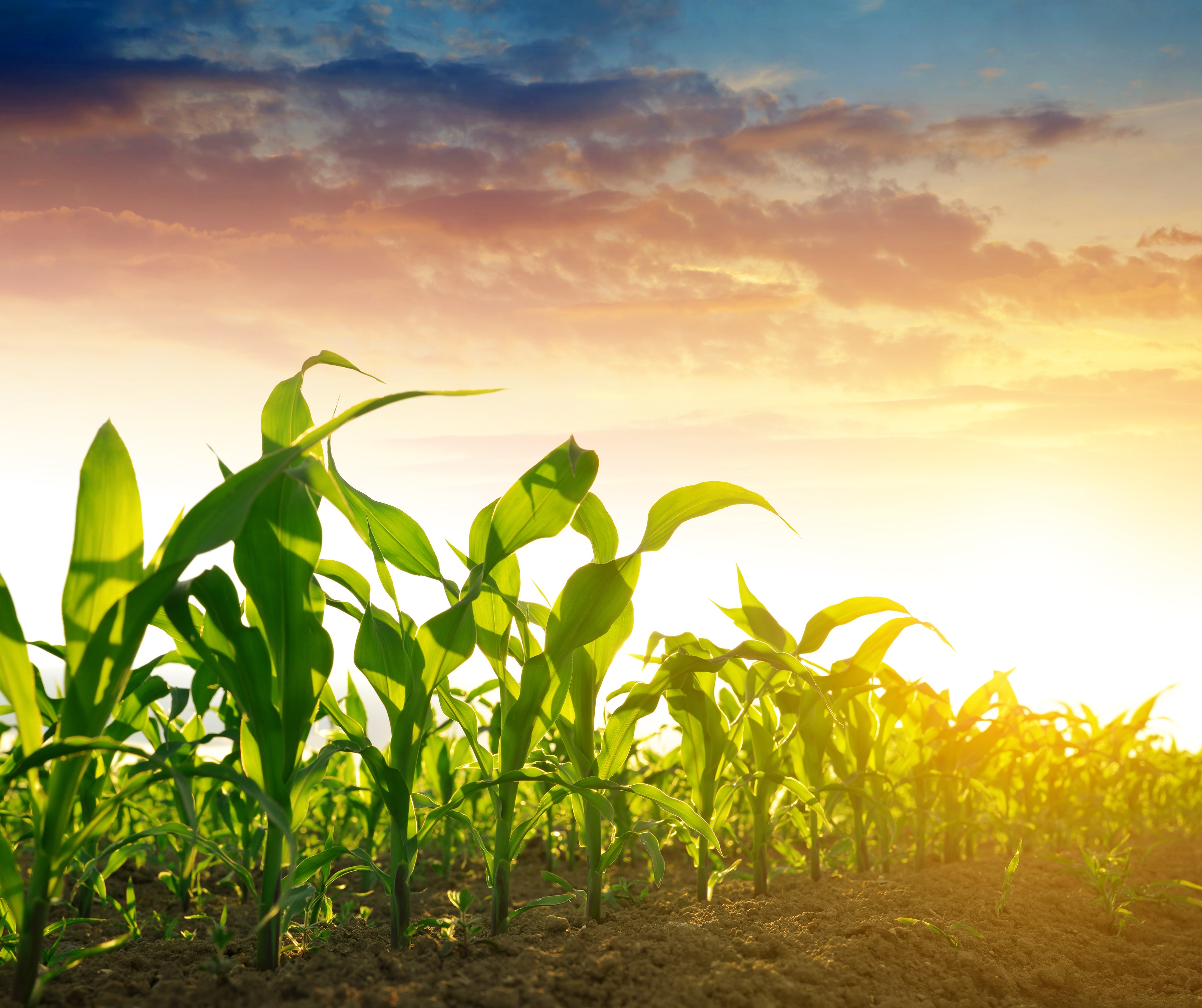
Corn
Nearly one out of every three dollars generated by South Dakota agriculture starts in a corn field. Two of every three rows of corn become ethanol.
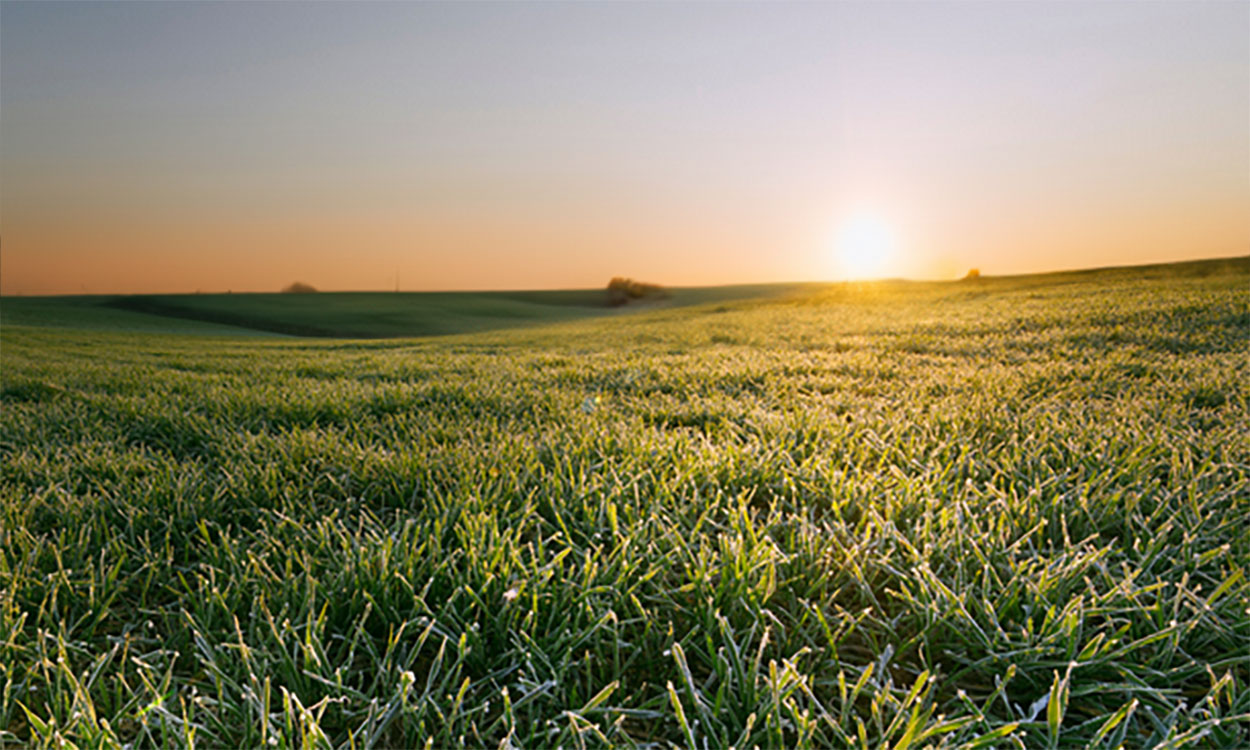
Last Spring Frost Dates
Knowing the historical last spring frost dates for your area helps growers avoid the risk of frost damage for above-ground vegetation, whether it's for agriculture or horticulture.
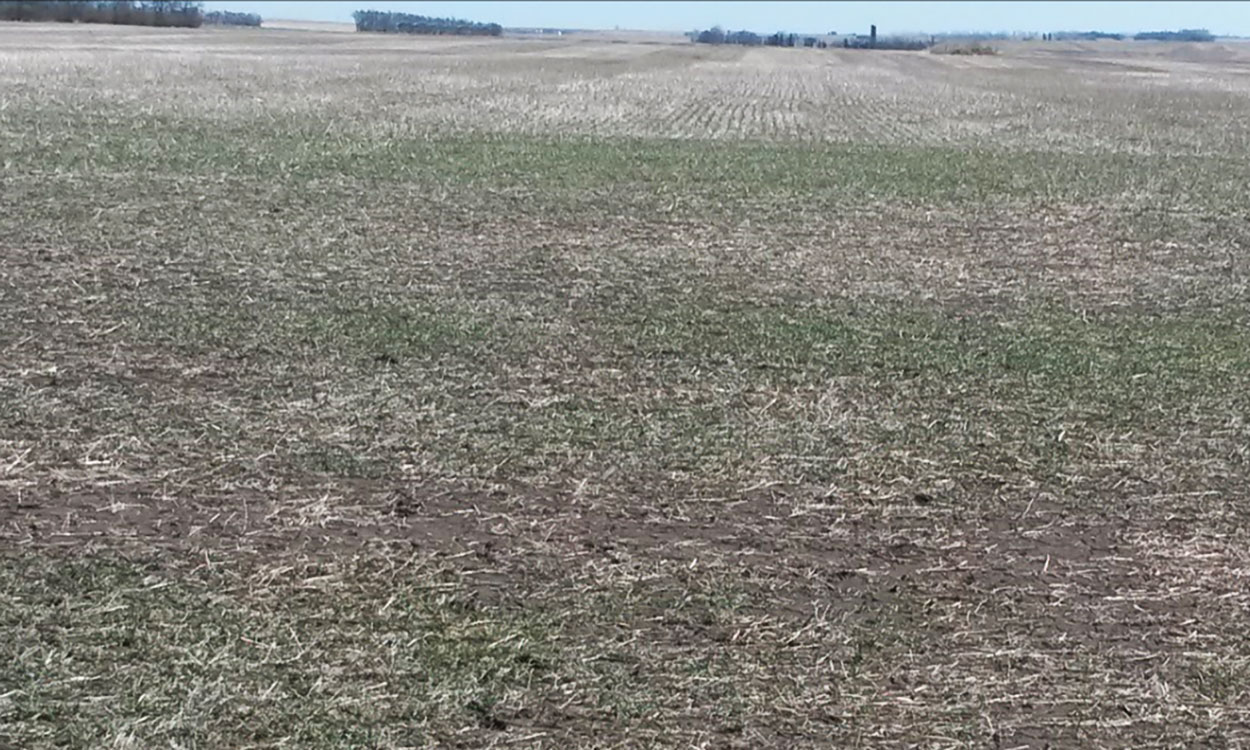
Winter Wheat Planting Considerations
As we move into fall, winter wheat growers often ask, "What is the best time to plant winter wheat?" If planted too early, winter wheat can develop disease and insect problems. If planted too late, it can get winter killed.
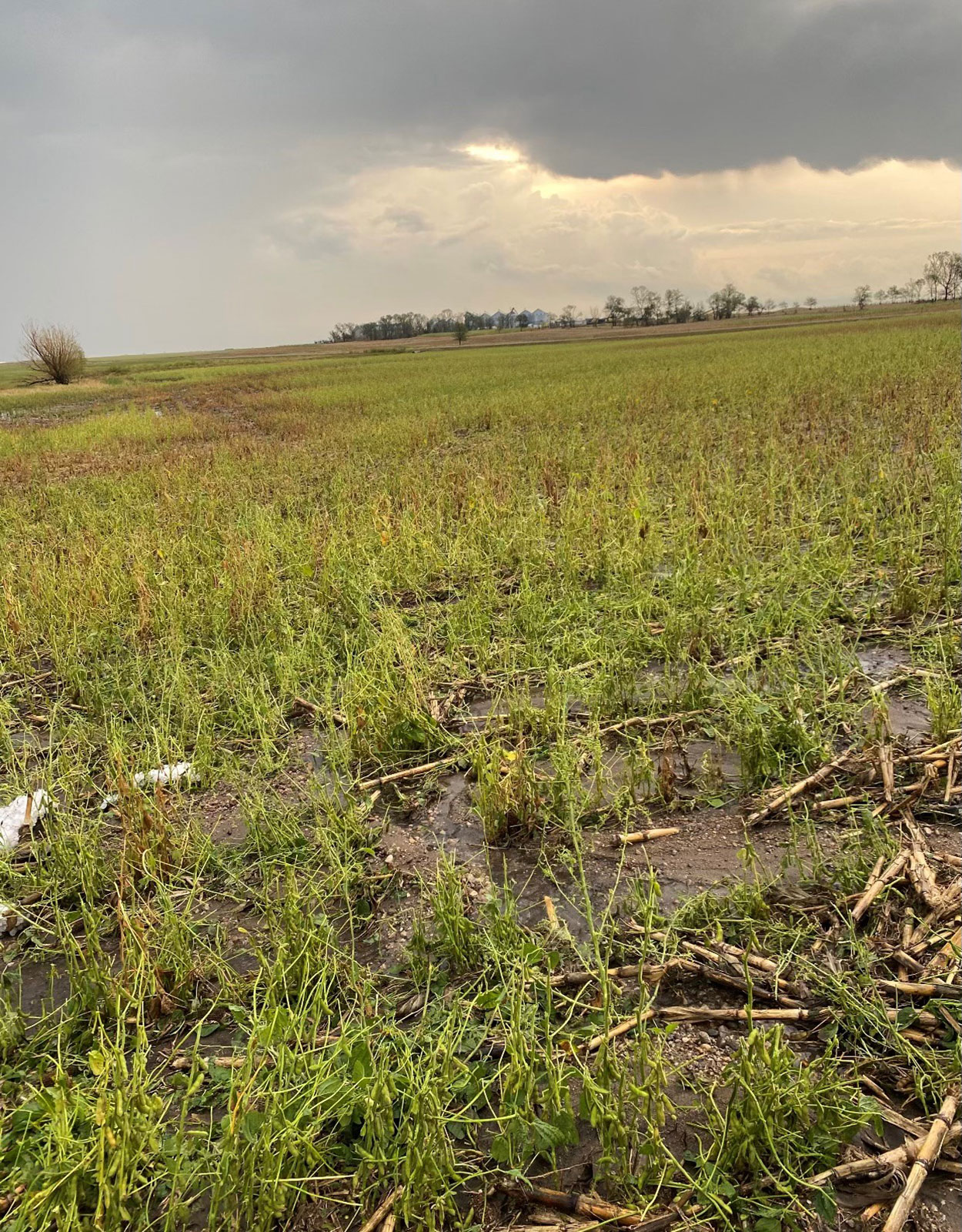
Making Decisions With Hail-Damaged Row Crops
Late-season hail damage can leave growers wondering what to do next. Before deciding what to do with your hail-damaged fields, take some time to consider a variety of management options.

Pre-Plant Wheat Streak Mosaic Disease Management Strategies
Drought conditions tend to promote high wheat curl mite populations. Wheat streak mosaic virus and other viruses transmitted by wheat curl mites are best managed through cultural practices performed before planting.
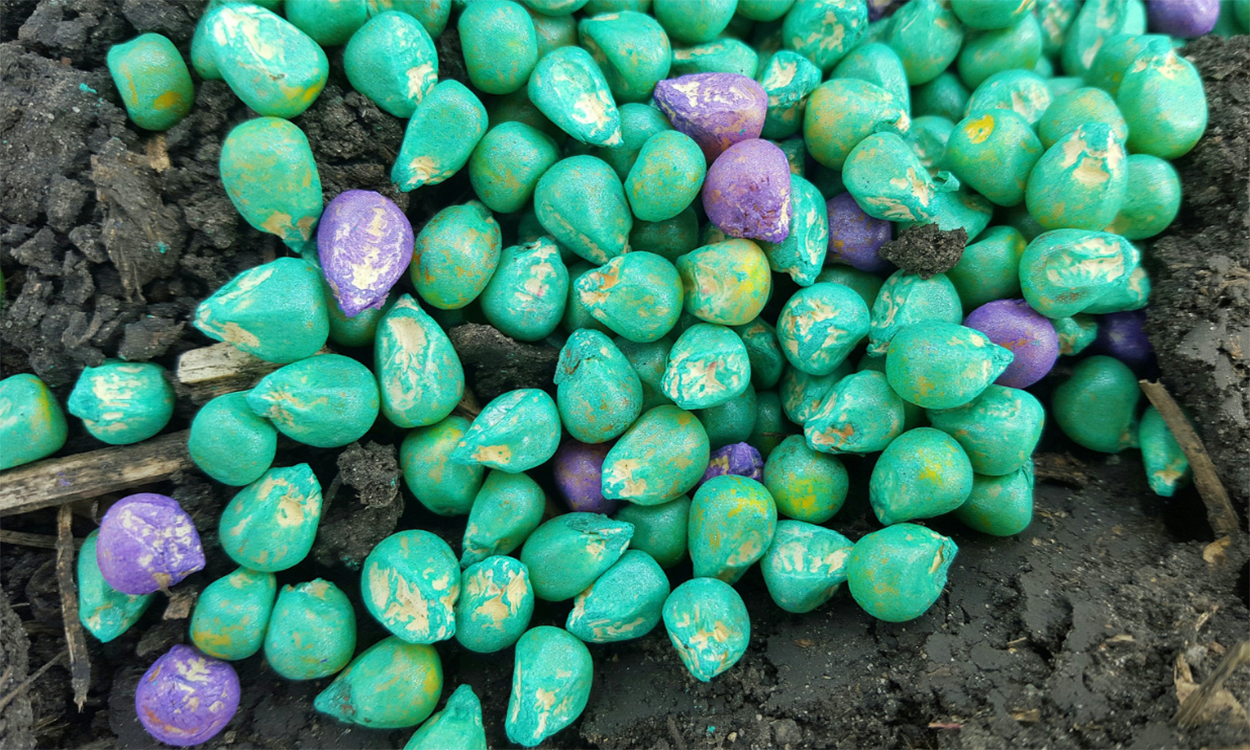
Corn Seed Treatment Effects on Soil Microbial Activity and Grain Yield at the 2022 Soil Health School
A recent research project at the South Dakota Soil Health Coalition's Soil Health School investigated the impact of omitting corn seed treatments on plant stands, microbial activity and grain yields. The findings may surprise you!
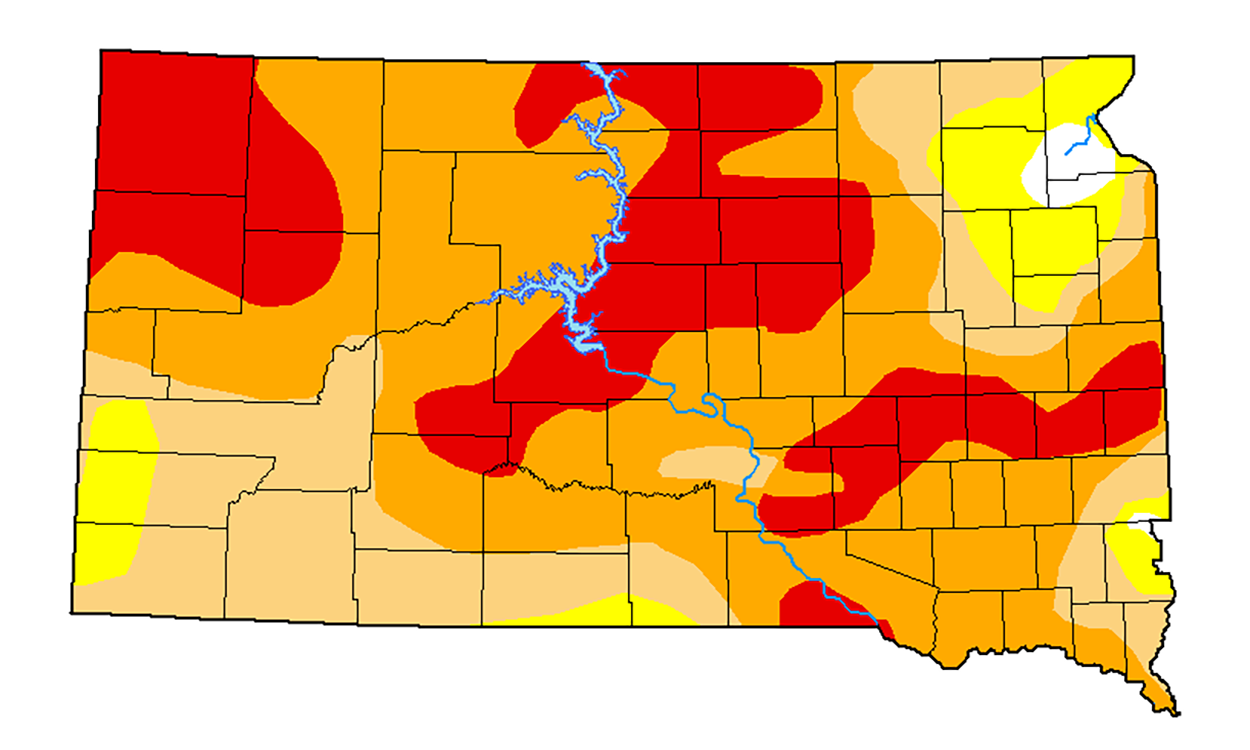
September Drought Hour Examines Cover Crops, System Strategies
September 08, 2021
While portions of South Dakota saw some reprieve from the drought last week, the climate outlook for September through November is leaning towards drier than average conditions and warmer than average temperatures.

Harvest Helpers
At the completion of this lesson, learners will be able to identify root and non-root fruits and vegetables and learn harvesting skills.
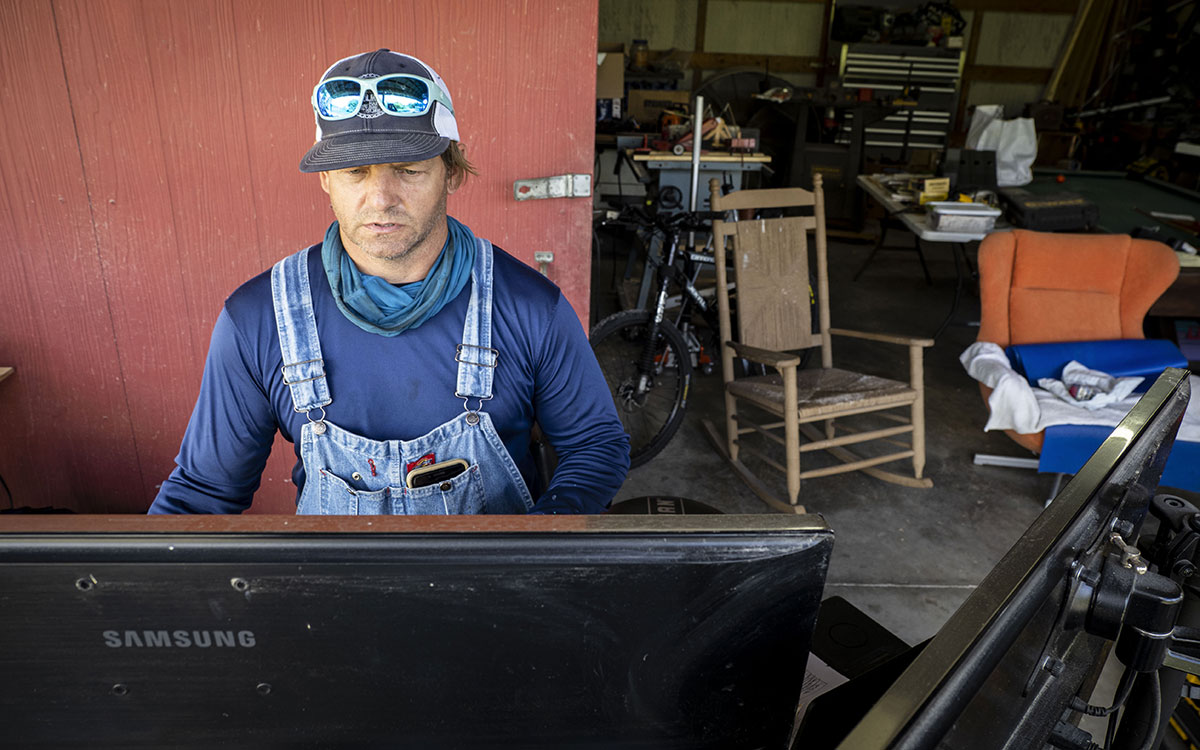
SDSU Basis Report: Monitoring Agricultural Market Dynamics
The SDSU Basis Report application provides an interactive platform for monitoring basis values, representing the difference between the cash price paid for grain locally and the nearby futures price.